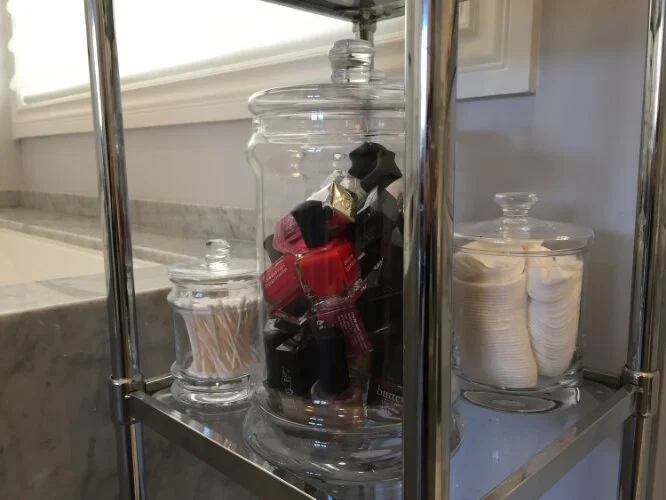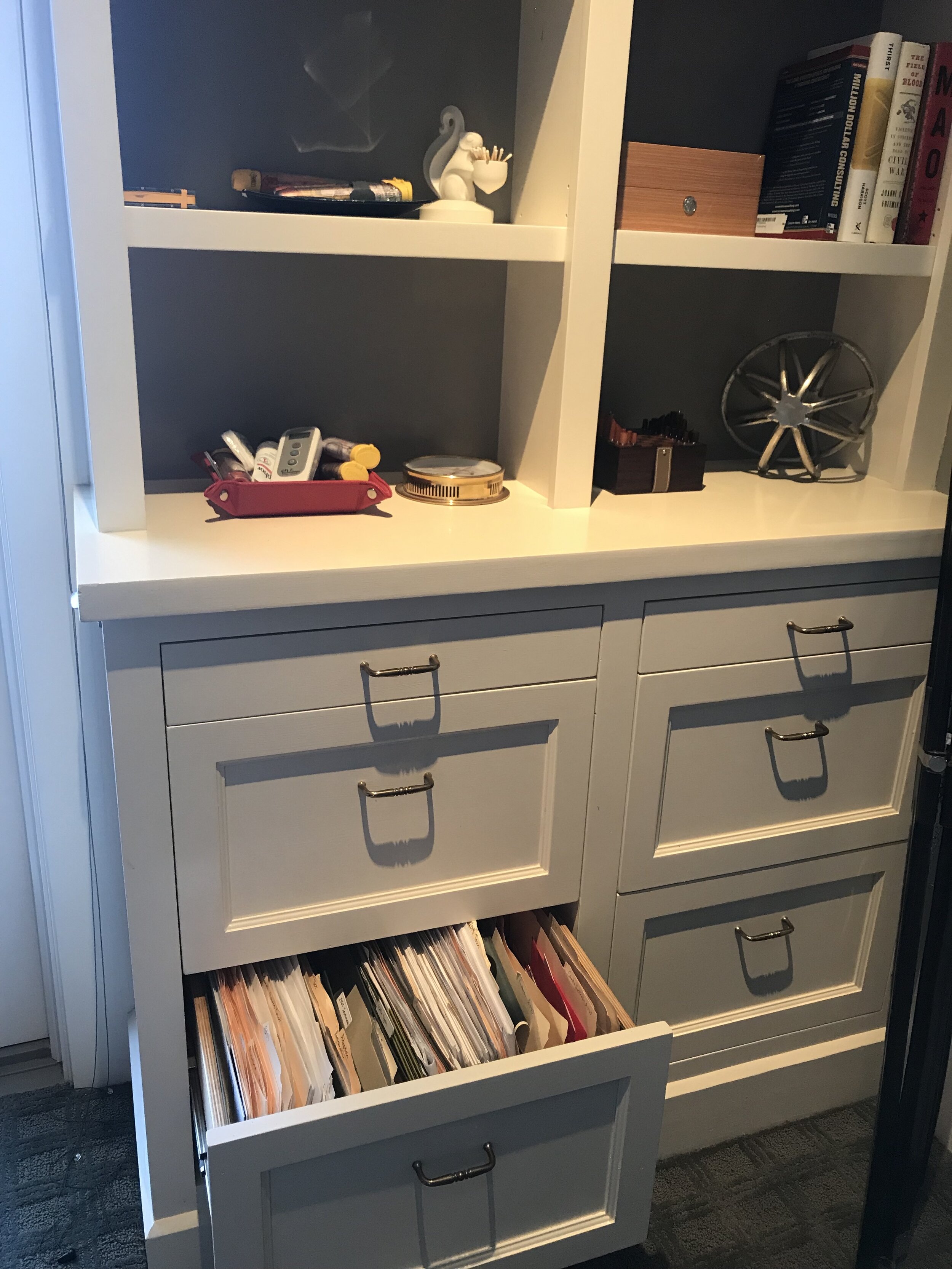The Edit: Principles of Organizing Part 2
Just joining us for the Principles of Organizing blog series? Catch up here!
We have a lot of stuff, you guys. More than ever before, people live in spaces crammed full of stuff, and long for even larger spaces in which to store even more stuff. I can tell you from experience that nearly every single client I have had, from studio apartments on up to multistory mansions, has lamented their lack of storage space.
So what’s the secret to getting organized if you’ll never have “enough space”? Quite honestly, it is appropriately calibrating the amount of stuff you have to your home. I don’t think you need to adopt an ideology like minimalism, or follow a specific plan like a capsule wardrobe of a certain size, in order to calibrate your stuff correctly - although if either of those things appeal to you then please, enjoy the journey! But I do invite all my clients to consider how less can be more, if the things we keep and store are carefully and thoughtfully curated.
Remember how I said that organizing is hard work? This is where it starts. Here’s the process, which you can repeat as many times as necessary to complete the edit:
Set aside dedicated time, no distractions, no more than three hours, with everyone who uses the space. You should all be fed, hydrated, and not overtired!
Select a manageable zone. This could be one closet, one room, or just one bookshelf.
Sort every object in that zone into categories, like with like, and according to who owns and uses the items.
Category by category, go through every object, and decide what to do with it.
Create piles for your decisions: keep, toss, recycle, donate, fix, put in another space.
Seems simple enough, right? It is, and that’s why you can do it! But it will take time and energy, and you might feel overwhelmed. So keep in mind the reasons why this process works:
Inventory. By literally seeing a touching every item in a space, you will know for sure that you have found everything there is to be found. You’ll also know the true total of what you need to store.
Accountability. By sorting objects into categories, you will show yourself how much you have purchased and how much you own.
Structure. By making decisions about what’s important to you to keep and what you can let go of, you’ll begin to create the scaffolding of your organizing system.
Again, there are no hard and fast rules. I help people keep ball gowns they’ll wear twice and donate perfectly reasonable black pants they wear once a week. Some people are inspired by Marie Kondo’s philosophy of only keeping what sparks joy, and others prefer to take a more utilitarian approach.
However you approach the edit, I only ask one thing of you: listen to your gut. If you struggle, go back to your vision. What is the ultimate goal you’re working towards? What’s truly important to you? Let that vision guide you through the hard questions.
Want to know where we go from here? Work your way through the rest of the series on basic principles of organizing.
Have you tried to edit your stuff but gotten stuck? Or did you make it through a marathon edit and want to shout your accomplishment from the rooftops? Tell me about it, and I’ll cheer you on!
LMW











When it comes to makeup, it’s easier to create waste than you might think.